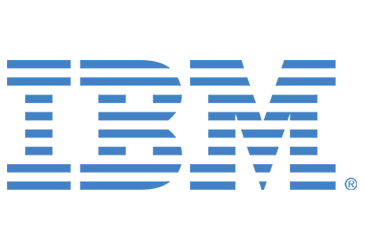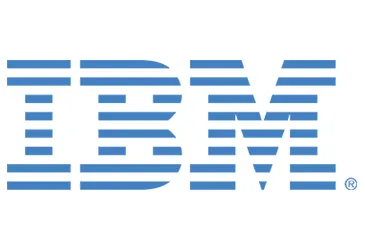ARMONK, N.Y. — With retailers gearing up for Black Friday and Cyber Monday, IBM’s 2018 Holiday Retail Forecast (indicates this shopping season could be a win in many segments, with a 4.83% year-over-year growth seen across the industry this year.

A number of factors are expected to drive the increase and provide reason for retailer optimism:
- Consumer confidence remains high. IBM projects year-to-year retail sales growth of 4.83%, compared to 4.2% in 2017
- Consumer appliances lead all product categories with 15.2% projected growth, compared to a year earlier. Other strong categories this holiday season will be Jewelry (+5.2%) and Apparel (+12.7% men’s clothing, 4.3% women’s clothing, +14.2% other apparel).
- Weather conditions will affect what people buy and when. For instance, a milder November will lead to decreased demand for items such as snowblowers and cold-weather apparel but increased demand for purchases such as electronics and toys.
“The retail industry is extremely dynamic and a host of powerful factors such as the economy, fast-moving market trends and consumer confidence all come into play,” said Dr. Michael Haydock, IBM fellow, vice president and chief scientist with IBM Global Business Services. “With AI and advanced analytics, we can get the experience just right for discerning consumers when they walk into the store.”
He continued, “The interplay of machine learning augmenting human customer service is the winning combination to help the retail industry better serve the consumer. Uncovering and leveraging patterns that are not obvious make the retail experience both fun and advantageous for the consumer. It makes every experience feel like it was composed just for them.”
IBM’s 2018 Holiday Retail Forecast uses advanced statistics and analytics to evaluate both the long-term sales trend and seasonal peaks. The data originates from the U.S. Census Bureau, which captures total sales observations from over 46,000 retail establishments. IBM consultants use the forecast to help retail clients address complex issues related to supply and demand, plan product mix, and determine new store locations, staffing and advertising spend.









